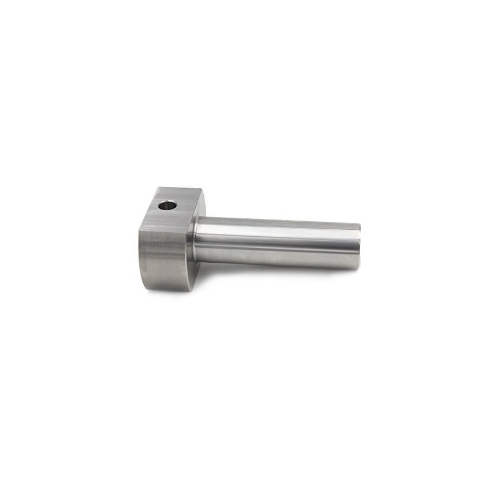Key steps and considerations for milling complex precision machining
2024-01-29
Milling complex precision machining involves using milling machines to produce intricate and precise components with tight tolerances. Milling is a subtractive manufacturing process where a rotating multi-point cutting tool removes material from a workpiece to achieve the desired shape. Complex precision machining refers to the production of intricate geometries or parts that require high accuracy.
Here are the key steps and considerations for milling complex precision machining:
1. Design and CAD/CAM Programming:
- Begin with a detailed design of the part using Computer-Aided Design (CAD) software. The design should account for the specific tolerances and requirements of the final product.
- Create a CNC (Computer Numerical Control) program using Computer-Aided Manufacturing (CAM) software. This program will guide the milling machine to produce the desired geometry.
2. Material Selection:
- Choose the appropriate material based on the requirements of the final product. Common materials for precision machining include various metals, plastics, and composites.
3. Tool Selection:
- Select the right cutting tools for the job. High-speed steel or carbide end mills are commonly used for precision milling. The choice of tools depends on the material being machined and the complexity of the geometry.
4. Milling Machine Setup:
- Secure the workpiece on the milling machine's worktable or vice. Ensure proper alignment and fixturing to prevent any movement during the machining process.
- Set up the milling machine parameters, including cutting speed, feed rate, and depth of cut, based on the material and tool specifications.
5. CNC Machining:
- Start the CNC milling machine and execute the programmed toolpaths. The cutting tools remove material from the workpiece in a controlled manner, following the specified geometry.
6. Toolpath Optimization:
- Optimize the toolpaths to minimize tool changes, reduce machining time, and improve efficiency. CAM software can assist in generating efficient toolpaths for complex geometries.
7. Coolant and Lubrication:
- Use cutting fluids or coolant during the machining process to dissipate heat and improve tool life. This is especially important for precision machining where tight tolerances are critical.
8. Quality Control:
- Regularly measure and inspect the machined features using precision instruments such as micrometers and calipers. Adjust the machining parameters if necessary to meet the specified tolerances.
9. Finishing Operations:
- Depending on the application, additional finishing operations such as milling, grinding, or polishing may be required to achieve the desired surface finish.
10. Deburring and Cleaning:
- Remove any burrs or sharp edges from the machined part. Clean the workpiece thoroughly to remove any residue or contaminants.
11. Documentation:
- Keep detailed records of the machining process, including tool changes, settings, and inspection results. This documentation is valuable for quality control and process improvement.
Precision milling requires a combination of advanced machinery, skilled operators, and meticulous attention to detail. The use of CNC technology has significantly enhanced the ability to achieve complex and precise geometries in manufacturing.



